Illustrative Math - Algebra 2 - Unit 5 - Lesson 1
By Formative Library
starstarstarstarstar
Last updated about 1 year ago
12 Questions
1
1.
Describe a transformation that gives the graph representing g from the graph representing f.
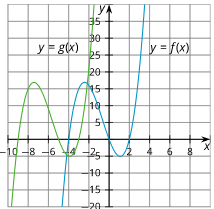
F.BF.3
F.IF.4
S.ID.6.a
1
2.
Describe a transformation that gives the graph representing g from the graph representing f.
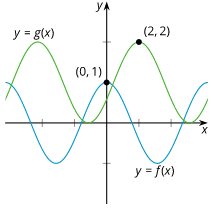
F.BF.3
F.IF.4
S.ID.6.a
1
3.
Describe a transformation that gives the graph representing g from the graph representing f.
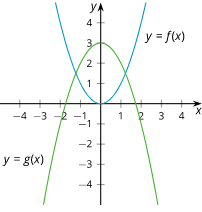
F.BF.3
F.IF.4
S.ID.6.a
1
4.
Describe a way to transform each graph so that it goes through the labeled points.
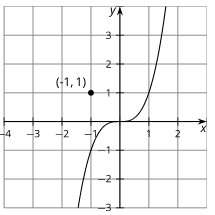
F.BF.3
F.IF.4
S.ID.6.a
1
5.
Describe a way to transform each graph so that it goes through the labeled points.
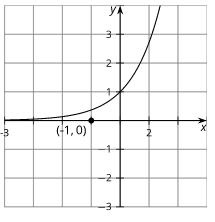
F.BF.3
F.IF.4
S.ID.6.a
1
6.
Describe a way to transform each graph so that it goes through the labeled points.
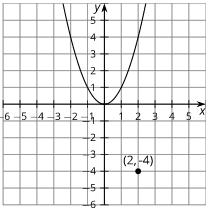
F.BF.3
F.IF.4
S.ID.6.a
1
7.
Describe a way to transform each graph so that it goes through the labeled points.
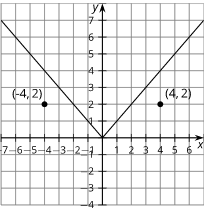
F.BF.3
F.IF.4
S.ID.6.a
1
8.
Describe a way to transform each graph so that it better matches the data.
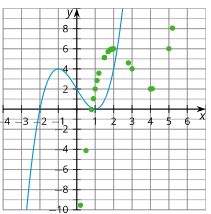
F.BF.3
F.IF.4
S.ID.6.a
1
9.
Describe a way to transform each graph so that it better matches the data.
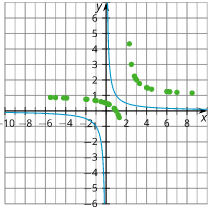
F.BF.3
F.IF.4
S.ID.6.a
1
10.
Describe a way to transform each graph so that it better matches the data.
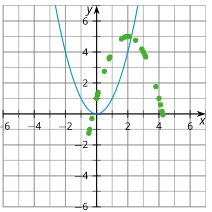
F.BF.3
F.IF.4
S.ID.6.a
1
11.
Does the function f or the function g fit the data better? Explain your reasoning.
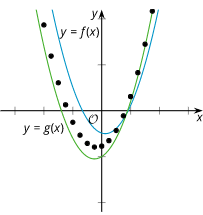
F.BF.3
F.IF.4
S.ID.6.a
1
12.
For the polynomial function A(x)=2x^{3}+5x^{2}-28x-15 we know (x+5) is a factor.
Rewrite A(x) as a product of linear factors.
F.BF.3
F.IF.4
S.ID.6.a
This lesson is from Illustrative Mathematics. Algebra 2, Unit 5, Lesson 1. Internet. Available from https://curriculum.illustrativemathematics.org/HS/teachers/3/5/1/index.html ; accessed 27/July/2021.
IM Algebra 1, Geometry, Algebra 2 is © 2019 Illustrative Mathematics. Licensed under the Creative Commons Attribution 4.0 International License (CC BY 4.0).
The Illustrative Mathematics name and logo are not subject to the Creative Commons license and may not be used without the prior and express written consent of Illustrative Mathematics.
These materials include public domain images or openly licensed images that are copyrighted by their respective owners. Openly licensed images remain under the terms of their respective licenses. See the image attribution section for more information.